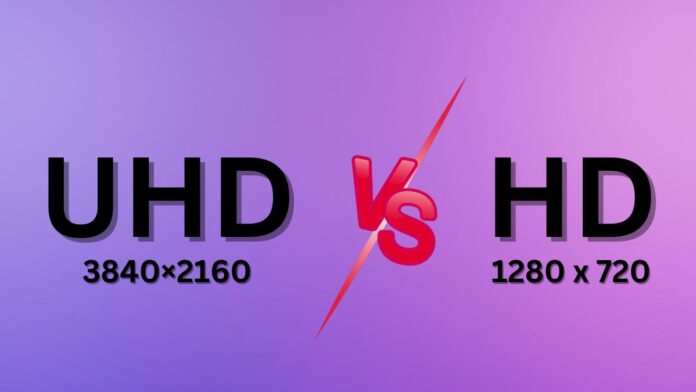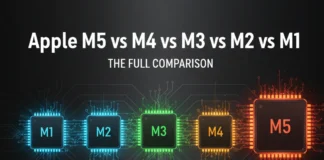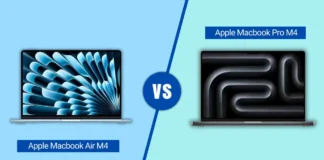Nowadays, new resolution displays are coming; hence, it is important to understand the difference between UHD (Ultra High Definition) and HD (High Definition).
UHD, often called 4K, has a higher resolution than HD. The resolution of a UHD display is four times higher than an HD display’s, which is a significant advancement in visual technology.
In this article, we will closely understand the difference between UHD and HD and find out which resolution display will be good for you, besides which resolution will be good for different devices like laptops, smartphones, and monitors.
UHD vs HD: Differences
The full form of UHD is Ultra High Definition. The standard resolution of Ultra HD displays (3840×2160) is four times higher than High Definition. UHD is also often called 4K.
HD means “high definition”; the standard resolution is 1,280 x 720 pixels, which is much lower than UHD—also called “HD ready” or “720p”.
UHD vs HD: Full Comparison
Resolution and Visual Quality
| Feature | UHD (Ultra High Definition) | HD (High Definition) |
|---|---|---|
| Resolution | 3840 x 2160 pixels | 1280 x 720 pixels |
| Pixel Density | Higher | Lower |
| Aspect Ratio | UHD displays typically have an aspect ratio of 16:9 | HD displays also have an aspect ratio of 16:9 |
| Clarity | Very clear and accurate graphics, good images and deep text details | Almost Good but not as clear photos and sharp video as UHD |
| Display | Very clear and accurate graphics, good images, and deep text details | UHD displays produce a clearer and more detailed image, especially when watching high-resolution content like 4K movies and games. |
Suitability
| Feature | UHD (Ultra High Definition) | HD (High Definition) |
|---|---|---|
| Screen Size | UHD is a better choice for larger screens | HD is a good choice for smaller screens |
| Battery | UHD displays consume more power | HD displays consume much less power than UHD |
| Compatibility | Not all devices support UHD displays | Nowadays, generally, all devices support HD displays |
| Hardware | Require more powerful hardware | support on any hardware |
Cost
| Feature | UHD (Ultra High Definition) | HD (High Definition) |
|---|---|---|
| Cost | UHD displays are typically more expensive | HD displays are budget-friendly |
UHD vs HD: Detail Comparison
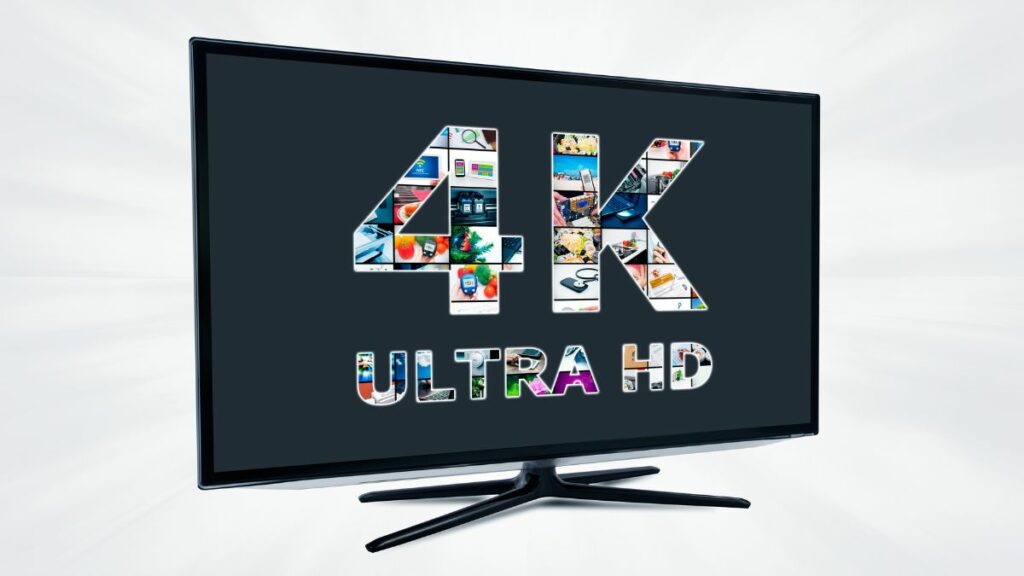
Screen Resolution
Ultra High Definition (UHD) has a standard resolution of 3840 x 2160 pixels. This high pixel count allows the screen to display extremely detailed images. Viewing 4K content on an Ultra HD screen results in finer detail; this resolution is perfect for watching good-quality movies, playing games with high graphics, and precisely editing photos or videos. Nowadays, companies like Samsung make most of their displays with 4k resolution because the demand for gaming and high resolution displays is increasing a lot.
The standard resolution of High Definition(HD) is 1280 x 720 pixels. It also has almost good image quality but has much fewer pixels than UHD screens, so photos or videos are not as detailed and clear as UHD. It is found in TVs, laptops, and computer monitors and produces a crisp picture. HD is still suitable for many applications but provides a different detail than Ultra HD. This display is standard for mobiles and laptops because battery life is more important for all these devices. It consumes much less battery than 4K.
Display Size
UHD screens are typically used on larger displays 50 inches or larger because the high resolution of UHD presents clearer and more detailed images or videos on the big screen.
HD screens are available in different sizes to suit many devices. These are found in all dimensions of smartphones, tablets, laptops, and TVs. HD is versatile and works well on both small and large displays.
Battery Life
Devices with Ultra HD screens consume more power. Watching UHD videos on a UHD screen or playing games drains the battery faster. Displaying more detailed videos and photos puts more load on the hardware, so the battery drains faster. Therefore, it is rarely used in portable devices like laptops and smartphones.
HD screens do not consume as much battery as UHD, QHD, or FHD. Because it does not show videos and photos as detailed as UHD screens, less hardware is demanded; hence, battery life is longer. This is why HD screens are used more in smartphones and laptops.
Compatibility
Ultra HD content is increasingly popular on streaming services and Blu-ray discs. But fully enjoying UHD content requires compatible hardware (such as a UHD TV or monitor) and a content source (such as a UHD Blu-ray player or streaming device).
Today, almost all devices support HD content. Therefore, HD content can be played easily on all devices without compatibility issues.
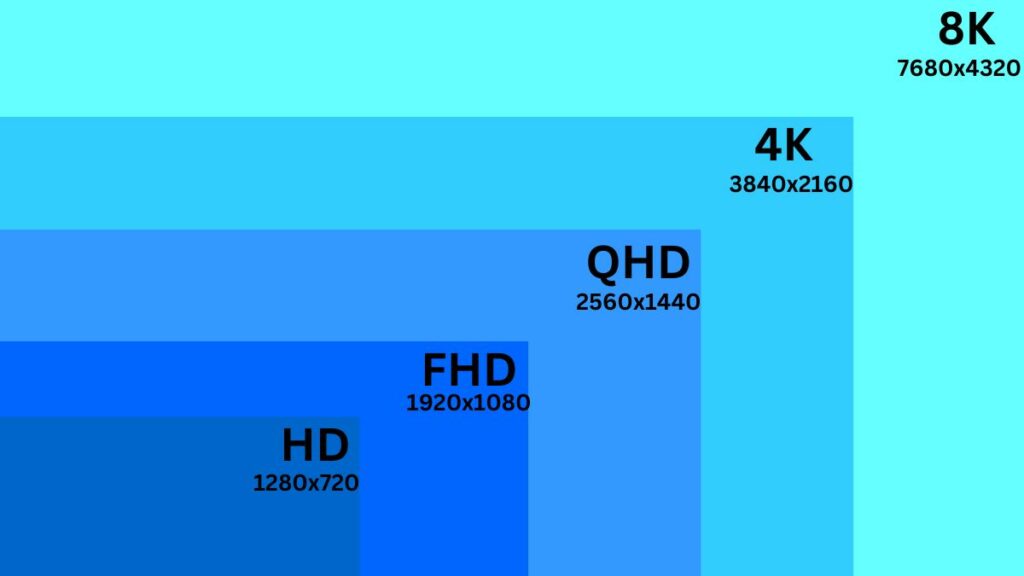
Color Accuracy
UHD screens show colors more accurately and have a wider range of colors than HD screens. This makes the colors look more vivid and real, especially for graphic design, photography, or video editing.
HD screens are also good with colors but don’t have as much detail and vibrancy as UHD screens. For everyday use and entertainment, HD screens usually have enough color accuracy.
Refresh Rate
Ultra HD screens typically have a refresh rate of 120 Hz or higher. Since these screens are used for fast-paced games and movies that require high refresh rates, these rates can reduce blur, making visuals smoother and more enjoyable.
HD screens have different refresh rates. It supports refresh rates ranging from about 60Hz to 120Hz.
GPU and CPU Requirement
Since UHD screens display more detailed videos and photos, they are used in games and high graphics demanding tasks, and to handle UHD content and games, more powerful GPUs and CPUs are required.
High-definition content and games have lower hardware requirements because they do not display as detailed video and photos as UHD screens. Due to this, less powerful GPU and CPU are required.
Pricing
Ultra HD devices tend to be more expensive than HD devices. Because it mostly comes with devices with larger displays and supporting Ultra HD requires more powerful hardware, which is expensive.
HD devices are generally cheaper. Because its resolution is low and does not require very powerful hardware to display, it runs easily on any hardware, so its price is not as high as devices with UHD screens.
Also Learn:
What is Ethical Hacking? Everything you need to know
What is Cache Memory? Everything You Need to Know
Is UHD better than HD?

UHD monitors are better than HD monitors in some ways, and HD monitors are better in others.
Why UHD is the Best:
UHD has more pixels, allowing it to display sharper and clearer images than HD. Its resolution is four times that of HD, so it displays photos or videos with almost four times more detail than HD. They display more vibrant colors that make content and games look great. Nowadays, most of the latest and premium devices have UHD screens.
Why UHD is the Bad
UHD screens, content, and compatible devices are more expensive than HD screens. Devices with HD screens may be more affordable.
Plus, it just looks good on a big screen. While 4K (UHD) content is becoming more common, it is less widespread than HD content. Older devices and content are not compatible with UHD. Also, UHD screens consume more power than HD screens, reducing battery life in portable devices such as UHD laptops and smartphones.
Why HD is the Best
HD screens, content, and devices are generally more affordable than UHD screens, content, and devices. HD content and devices come in all sizes, from new to old, and for everything from small smartphones and tablets to mid-sized TVs and laptops.
HD screens consume very little battery, allowing them to be used more, resulting in longer battery life on portable devices like laptops and smartphones. HD resolution is usually sufficient for everyday browsing, word processing, and general media consumption.
Why HD is the Bad
HD has fewer pixels than UHD, so images and videos don’t look as clear or detailed as UHD. This is only good for small screens. Photos and videos may look less clear on larger screens. It generally does not display colors as accurately and clearly as UHD.
Also Learn:
- How Long Does Laptop Last? (Gaming, Business, MacBook)
- What is Bloatware? Everything you need to know
UHD vs HD: Which one is best

UHD vs HD for gaming laptops
Why UHD is best for Gaming Laptop
UHD laptops offer higher resolution (3840 x 2160 pixels) for clearer, more detailed images. Additionally, it provides better image quality, stunning graphics, more vivid colors, and a wider color gamut, making the laptop’s games and videos more realistic and attractive.
If you use your laptop for gaming and other tasks like video editing, graphic design, or content creation, a computer with a UHD display would be better because these tasks require high resolution, which UHD fulfills.
Why HD is best for Gaming Laptop
HD laptops have a lower resolution (1920 x 1080 pixels), which places less demand on the laptop’s GPU. This improves gaming performance as the computer runs games at higher frame rates. Apart from this, it is suitable for both gaming and general use. Also, HD display gaming laptops are generally more affordable and have better battery life than UHD display gaming laptops.
An HD laptop will be better if you prioritize high frame rates, smooth gaming, and battery life.
UHD vs HD for Mobile Phone
Why UHD is best for For Mobile Phone
Phones with UHD displays deliver photos and videos that are clearer and more detailed than HD displays. But this kind of battery consumes more and is more expensive.
UHD is an excellent choice if you use your phone to watch 4K content, play graphics-intensive games, and enjoy a high-quality multimedia experience. UHD benefits from higher resolution for tasks like photography and photo editing, allowing you to capture and edit more detailed images.
Why HD is best for Mobile Phone
Smartphones with HD displays offer balanced performance because they require less processing power than phones with UHD displays. Because of this, the phone has better performance and longer battery life.
Additionally, phones with HD displays are generally more affordable. HD is sufficient if you mainly use your phone for daily tasks such as making calls, sending text messages, browsing the web, and social media.
UHD vs HD for Monitor
Why UHD is Best For Monitor
Monitors with UHD screens offer better image quality, more vivid colors, and a wider color gamut, allowing them to display 4K content with stunning clarity. But it’s only suitable for larger screens and is more expensive.
Let’s say you need accuracy and clarity for a task; apart from that, if you like playing games and editing videos with good clarity on a big screen and are not worried about the budget, a monitor with an Ultra HD screen will be the perfect choice.
Why HD is Best for Monitor
HD monitors are more energy efficient and require less GPU power, resulting in better performance and compatibility with a wider range of computers. It suits general office work, web browsing, and basic content consumption. These are usually more affordable than Ultra HD monitors.
An HD monitor is a cost-effective choice if you use your monitor primarily for everyday computing tasks and don’t need the highest resolution for specialized work.
Emerging trends or future developments of UHD and HD
The resolution and pixel density of both UHD and HD are likely to increase further in the coming days. While UHD already provides incredibly high resolution, increasing resolution and pixel density will result in even more stunning images. This can be increased to 16K resolution or beyond, resulting in visuals with unmatched clarity and detail.
The future will see improvements in color reproduction and high dynamic range capabilities in both UHD and HD. If this happens then you will get more vibrant, lifelike images with even greater contrast and color accuracy. Technologies like Dolby Vision and HDR10+ already push the boundaries of HDR, and further enhancements are likely in the future.
Streaming services continue to dominate the delivery of UHD and HD content, so compression technologies will improve to deliver higher quality video with less bandwidth. This will provide smooth streaming even on networks with limited bandwidth.
4K UHD has almost become the standard now, while 8K resolution is still in its early stages. Future developments will see widespread adoption of 8K displays and content, making production workflows more accessible and increasing consumer demand.
In the coming days, AI and machine learning will play an important role in enhancing the quality of both UHD and HD content. It will upgrade low resolution content to higher resolution, reducing noise and improving overall image quality in real time.
Flexible display technologies will revolutionize the way UHD and HD content is consumed. Developments in flexible OLED and microLED displays will give rise to new form factors for TVs and devices, offering users greater flexibility and immersive viewing experiences.
Final Word
The choice between UHD and HD depends on the specific needs and preferences, as in some areas, UHD is better, and in some areas, HD is better. While UHD has higher resolution, better image quality, and vibrant colors, HD is more budget-friendly.
UHD is better for content creation, gaming, and multimedia applications but requires a larger screen. The powerful display of UHD consumes more power and is also expensive. But it is best suited for tasks demanding accuracy and detailed views.
On the other hand, HD offers a balanced, power-efficient, and budget-friendly performance. It fits well for general tasks, is versatile across all device sizes, and delivers enough image quality for everyday use. Devices with HD displays are powerful and versatile.
FAQs:
What is the difference between UHD and HD?
The main difference between UHD and HD is the resolution. The standard resolution of UHD is 3840×2160 pixels, and the standard of HD is 1,280 x 720 pixels. Ultra HD has four times the pixels of HD.
What devices support UHD?
Most devices available today support UHD, including UHD TVs, Blu-ray players, streaming media players, game consoles, and many more.
Can UHD content be played on HD screens?
Yes, UHD content can be played on HD screens, but it is scaled down to fit the lower resolution. But it won’t reach its full potential in terms of image quality.
